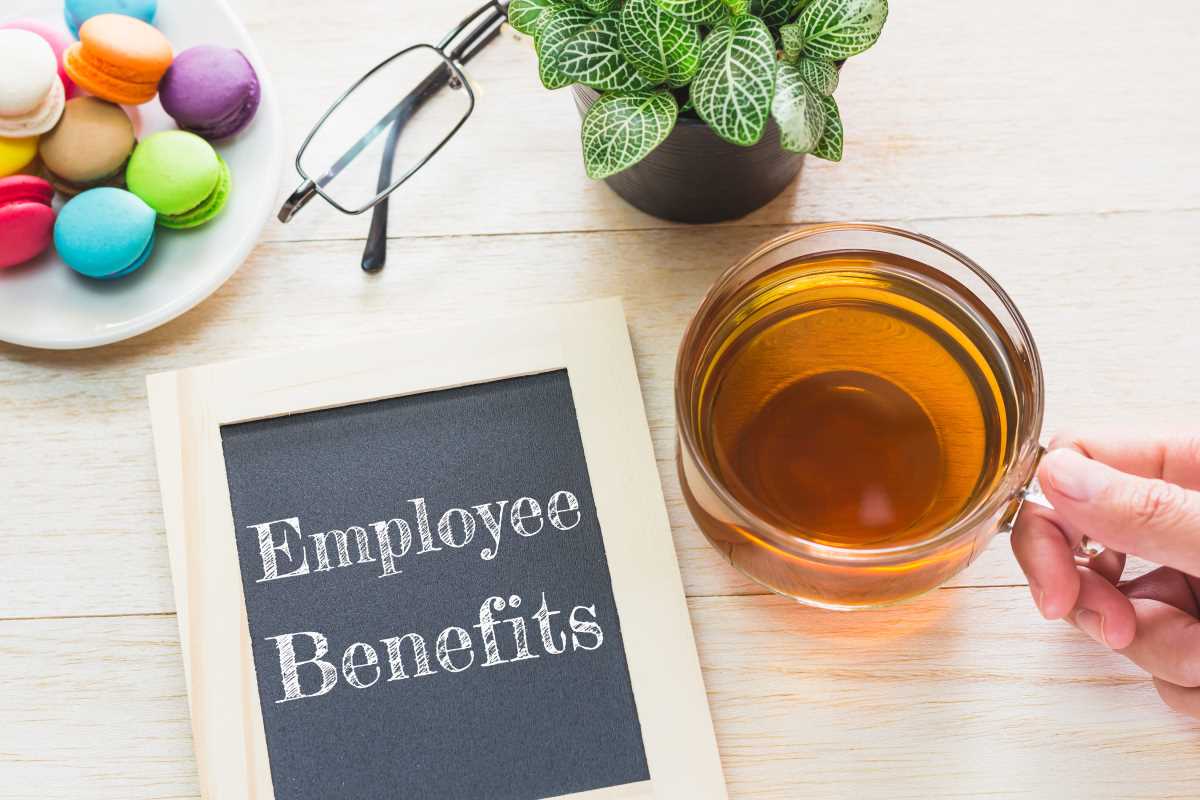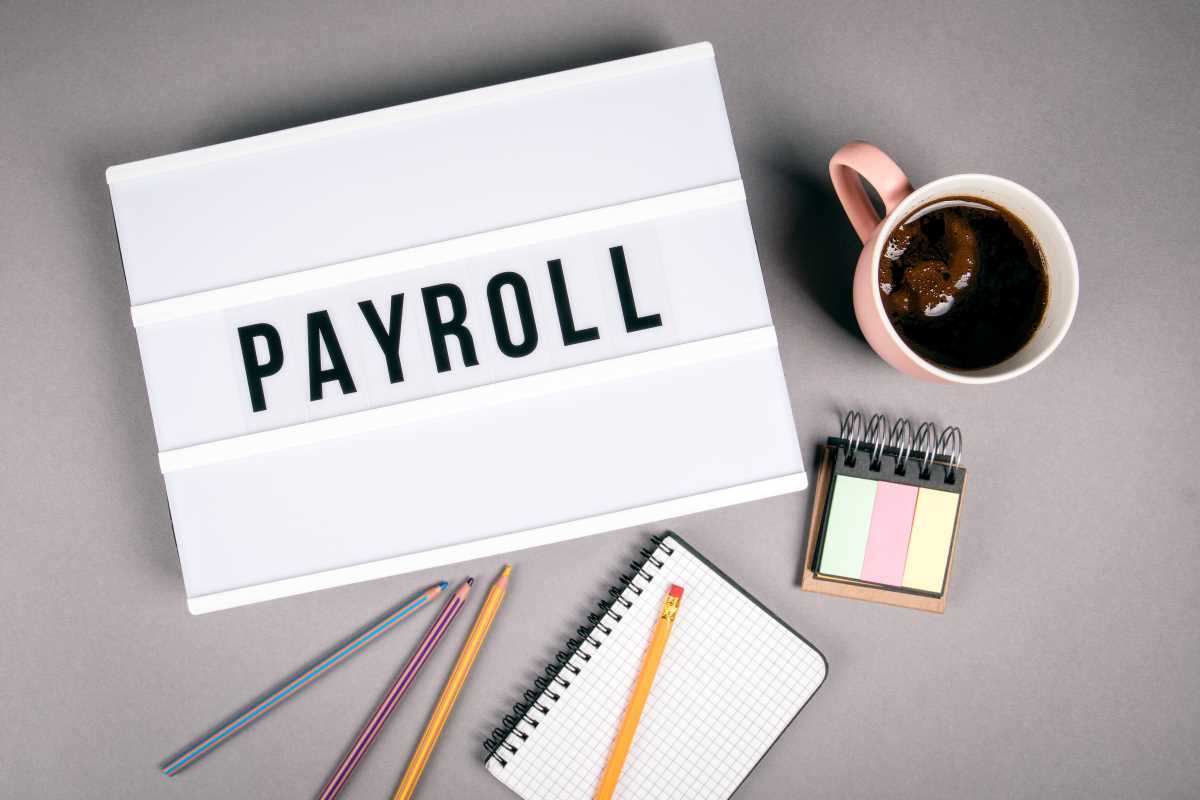Imagine this scenario for a moment. You’re going about your day, working hard, when suddenly life throws a major curveball your way. Maybe it’s an unexpected injury or illness that forces you to take an extended break from work. Beyond the physical and emotional stress, you’re now faced with the question, “How do I manage my bills and daily expenses without my paycheck?” This is where disability insurance steps in like a financial superhero, providing a safety net when you need it most.
For many, disability insurance isn’t something that takes center stage when choosing benefits, but it should be. This type of coverage is all about replacing a portion of your income if you can’t work due to a medical condition. It’s not just about peace of mind; it’s a financial lifesaver that ensures you can maintain stability during unexpected life events. Whether you’re just learning about it or want to better understand the benefits, here’s a deep but approachable look at disability insurance and why it matters for employees.
What Is Disability Insurance?
Disability insurance is like a paycheck backup plan. It’s a form of coverage that provides financial support if you’re unable to work due to a qualifying injury or illness. While many think of disabilities as something rare or catastrophic, the truth might surprise you. Common conditions, such as back injuries, illnesses like cancer, or even mental health issues, can all render someone unable to work for significant periods of time.
There are two main types of disability insurance. Short-term disability, as its name implies, covers you for a brief period, often a few weeks to several months. It typically kicks in quickly after you’re unable to work. Long-term disability insurance is designed for more extended periods, covering years or even until retirement age if necessary.
Most long-term disability policies replace a percentage of your income, generally around 50% to 60%. This means you won’t receive your full paycheck, but it’s enough to keep essential expenses like rent, groceries, and utility bills manageable.
Why Disability Insurance Is Essential
One of the biggest myths about disability insurance is that it’s not necessary if you’re young, healthy, and working a steady job. However, statistics paint a different picture. According to some studies, over 25% of today’s 20-year-olds will experience a disability that takes them out of work for at least three months before they retire. These odds make disability insurance less of a luxury and more of a necessity for safeguarding your financial future.
Without disability insurance, you may find yourself depleting your emergency savings, racking up credit card debt, or even leaning on family for support. This coverage acts as a safety net, keeping you financially afloat while you focus on recovering or adapting to your new circumstances.
It’s also worth noting that disability insurance protects against more than just physical injuries. Many policies cover illnesses like heart disease, diabetes, or severe mental health conditions. These are issues that can affect anyone, regardless of their physical fitness or risk level.
Employer-Sponsored vs. Individual Policies
When it comes to disability insurance, many employees are automatically enrolled in a plan provided by their employer. Employer-sponsored policies are often more affordable than purchasing individual coverage, making them an attractive option for many workers. However, it’s important to understand what your plan covers and whether it’s sufficient for your needs.
Most employer-sponsored plans provide basic long-term disability coverage, paying a percentage of your salary after a set waiting period. While this can be helpful, it may not cover bonuses or commissions if those make up a significant portion of your income. Additionally, benefits paid out from group plans are often taxable, which can further reduce the amount you actually receive.
For individuals who want higher coverage levels or additional security, purchasing a private disability insurance policy is an option. Private policies can be tailored to your specific needs, ensuring more comprehensive coverage that includes untaxed benefits. While individual policies come with higher premiums, they offer greater flexibility and financial protection.
How Disability Insurance Works
Understanding how disability insurance works can make it easier to see its value. The basic premise is simple. If you’re unable to work due to a qualifying condition, you’ll file a claim with your insurance provider. Once approved, you’ll receive regular benefit payments designed to replace part of your income.
Before benefits kick in, there’s typically an “elimination period,” which is a waiting period you must meet after becoming disabled. For short-term plans, this can range from a few days to a couple of weeks. Long-term plans often have longer elimination periods, usually lasting 90 to 180 days.
The benefit period, or how long you receive payments, depends on your policy. Short-term policies might pay benefits for up to six months, while long-term policies can extend for several years or until a specific age.
How to Choose the Right Coverage
Choosing disability insurance means finding a balance between affordability and adequate protection. Start by reviewing any existing coverage offered through your job. Consider how much income you’d need each month to cover essentials like housing, food, and transportation. If your employer’s plan doesn’t provide enough, supplementing with a private policy could be a wise choice.
Look at the elimination period and benefit period as well. A longer elimination period generally lowers premium costs, but you’ll need to ensure you have savings or other resources to bridge the gap while benefits start.
Finally, pay attention to the policy’s definition of “disability.” Some plans cover you only if you’re unable to perform any job, while others allow you to claim benefits if you can no longer perform duties related to your specific occupation. Comprehensive policies with an “own occupation” definition tend to be more protective but may come with higher costs.
 (Image via
(Image via





